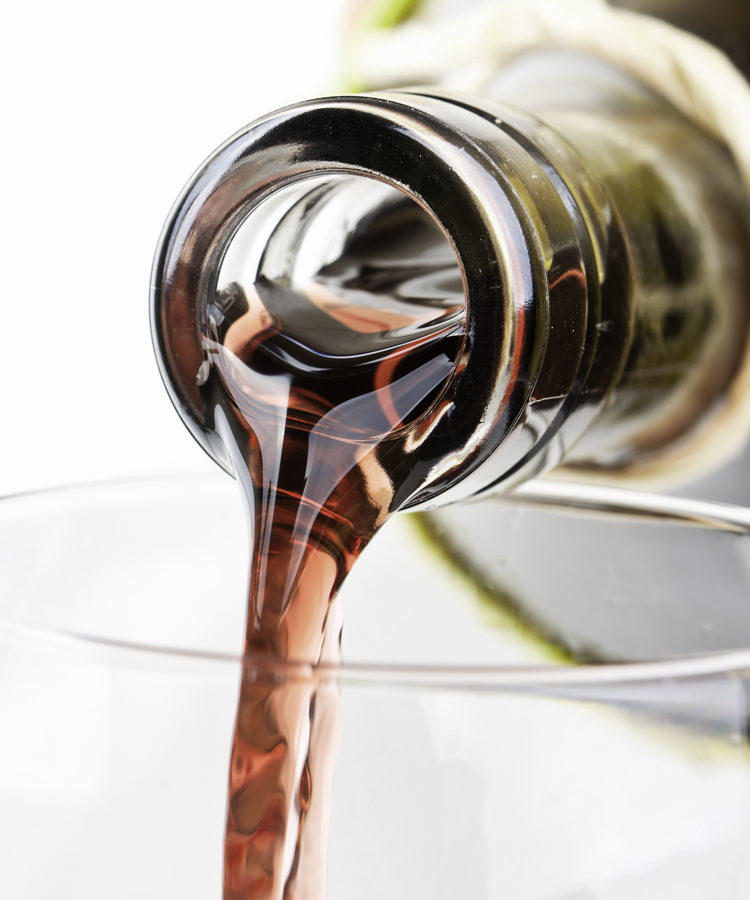One of the most special gift ideas for landmark occasions such as weddings, birthdays, and anniversaries is a vintage bottle of wine. What can better stir up old, happy memories than a birth year or anniversary year bottle? The problem with gifting a vintage bottle of wine, however, is actually finding it in the first place; as the years go on, the chances that a wine will age as gracefully as its recipient grow slimmer. There’s one type of wine that tends to be far more reliable, available, and sometimes even affordable than all the rest, however. It’s a wine that has already been subjected to all the negative effects that age can have on a wine: Madeira.
Madeira is simultaneously the name of a type of wine, a winemaking region, and a volcanic Portuguese island that is closer to Africa than it is the country’s mainland. The wine is always fortified and, though it always has residual sugar, can range from drier to sweeter depending on grape variety used; Malvasia typically produces the sweetest wines, while Sercial produces the driest, with Boal and Verdelho sitting in the middle. Although these four white grapes are considered the most noble, the majority of Madeira is now made from Tinta Negra, a red grape variety that is planted throughout most of the island’s steep, terraced vineyards.
The region’s history as a port city for explorers traveling from the Iberian Peninsula to the Americas helped establish Madeira’s distinct style as a fortified wine made in an exceptionally unique vinification style. Sailors would stock up on barrels of local wine, fortified with brandy to withstand the long voyage, but as these ships crossed the equator, the lack of temperature control would cause the wine to become both cooked and oxidized. Wine drinkers liked this style of wine so much that Madeira producers would purposefully send their wines on ship voyages before bottling in order to gain this “maderized” effect. Nowadays, this process is replicated in wineries on the island, either by taking advantage of Madeira’s subtropical climate or using designed heating systems.
It is this vinification process that is key to Madeira’s ageability. Fortified wines will inherently age better due to their higher ABV levels, but by heating and cooling the wine purposefully, winemakers are essentially subjecting the wine to all of the processes that destroy the average table wine over time. It’s incredibly difficult to age a wine in bottle over decades, particularly on a large scale, because light, heat, and oxygen will all kill any average wine. Often, the process of protecting the wine is just too difficult and costly. Madeira, on the other hand, won’t be ruined if it’s stored at room temperature or if the cork allows some oxygen to seep in this way, Madeira is already “dead,” hence the fact that some call it “zombie wine.” In fact, a cache of bottles from the 1700s was just found behind the wall of a museum in New Jersey; the quality has yet to be ascertained, but the chances that they are still drinking well are high.
It would be misleading to go so far as to say that back-vintage Madeira is common or inexpensive, but the mere fact that it can be found in a standard retail shop searchable on the internet makes it far more accessible than other old wines. Because these wines actually hold up over time, there are more that have survived, and since there are more available, the price is lower than the average back-vintage table wine, many of which are only available at auction. Rare Wine Co. is a good resource, and D’Oliveira is a reliable producer, as old vintages are aged in wood and bottled only as needed.
Take, for instance, what’s readily available online at the time of publication. Perhaps you’d like to give a generous 21st birthday gift to someone coming of drinking age; bottles of Broadbent Madeira Colheita 1996 or Blandy’s “Malmsey” Madeira Colheita 1996 are so readily available and well-priced (between $40 and $60) that you can pick of a second bottle for yourself to help cope with the fact that people born in 1996 are now legally allowed to drink. Got a friend celebrating the big 3-0 this year? Cheer him up with a bottle of D’Oliveira “Boal” Madeira 1987. Maybe a special couple is marking their diamond anniversary of 60 years; a bottle of D’Oliveira “Old Wine” Madeira 1957 will do splendidly.
Looking to splurge a bit more? Let’s celebrate the turn of the century. We’re referring, of course, to the splendid selection of vintage 1900 Madeira wines. Or perhaps you want to check out how the 1875 vintage is showing with the D’Oliveira Moscatel Madeira 1875; that was right after phylloxera began to afflict Portuguese vineyards. How about some Civil War-era juice? The João Romão Teixeira Madeira Terrantez 1862 is a true rarity, made from a top producer and grape of the time; it can be yours for cool $1000.
